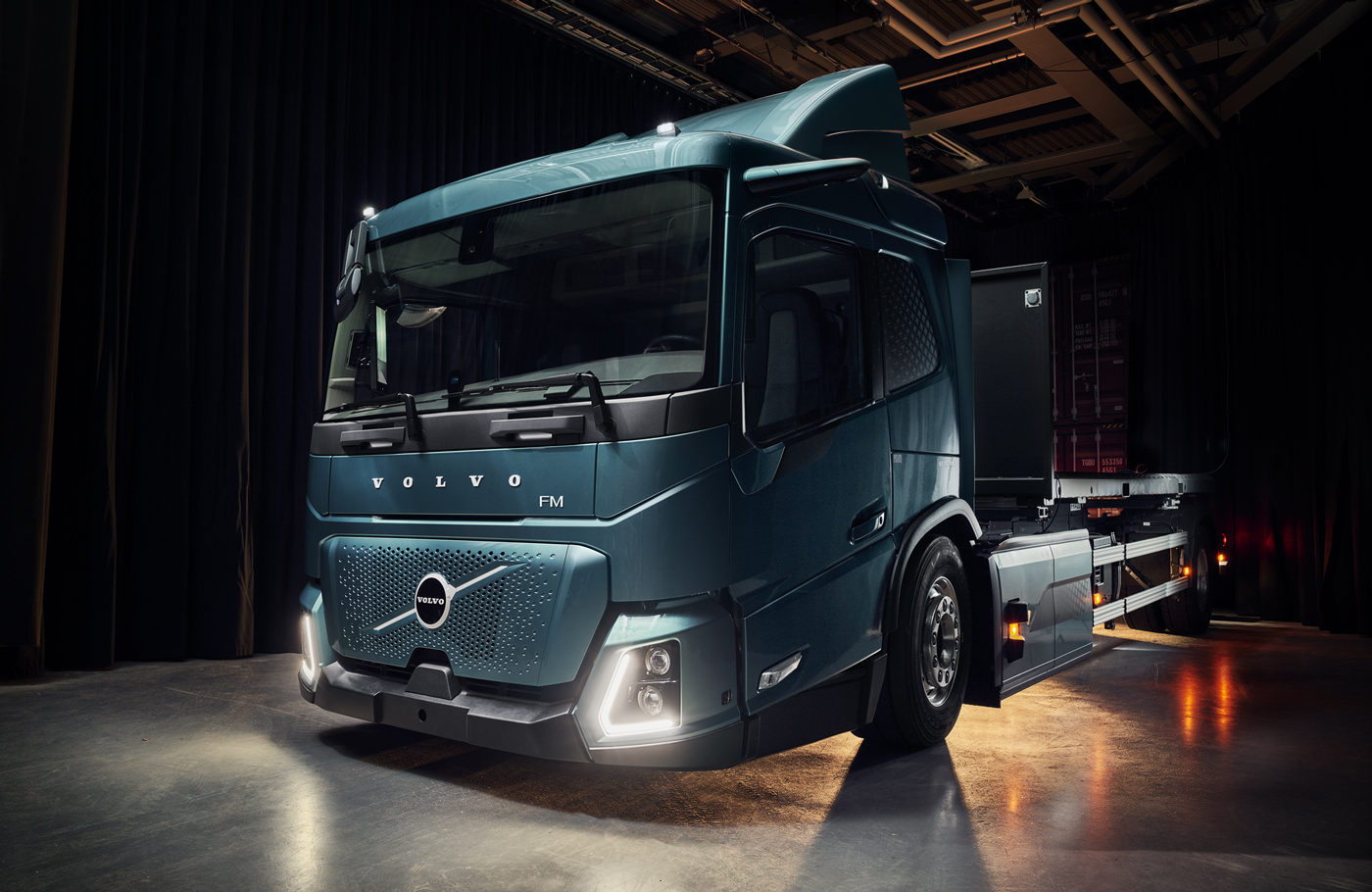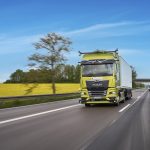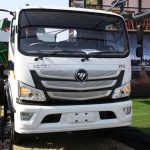Hey, good looking!
Hey, good looking!
Good truck design is not only about combining aesthetics with functionality; it’s also about maximising the vehicle’s energy efficiency and minimising CO2 emissions. For truck owners, something that looks like a sleek design detail could actually be saving fuel too.
For many truck owners, the exterior design isn’t always the highest priority compared to the daily challenges of running a haulage business. However, not only does this affect the truck’s cosmetic appearance, but it also has a direct impact on fuel consumption and energy efficiency because of how it affects the vehicle’s aerodynamics.
In fact, aerodynamic resistance can account for a substantial part of a truck’s fuel consumption in a typical long haul operation. For a battery-electric truck, the energy losses can be even higher in relative terms. For this reason, one of the first steps a truck designer takes when developing a new vehicle is to consider its aerodynamics.
“As designers, obviously we want to deliver trucks to our customers that look good, but we also have to meet their other requirements – such as fuel consumption and energy efficiency,” says Berk Keskin, head of exterior design at Volvo Trucks.
“The input from our aerodynamics experts helps shape our design language and guides us towards more closed body designs, as well as streamlined and seamless surfaces. It can limit us at times, but our role is to solve these challenges while still creating a truck that is visually appealing.”



How truck aerodynamics has shaped modern truck design
In recent decades, as the importance of aerodynamics has grown, truck designs have adopted increasingly rounded corners, smoother surfaces, and fewer gaps on the cab’s front. It has also became increasingly important to use roof and side fairings, side panels, spoilers, and deflectors.
“The overall aim is to help the air trapped in front of the cab to escape and flow along the truck’s sides. As designers, we work towards removing or reducing any external features that disturb this air flow, such as gaps, inserts, or protruding features like side mirrors,” says Keskin.
At first glance, the basic design of a cab-over-engine truck has seemingly remained unchanged for decades, but in reality multiple changes and upgrades are continuously being made, driven primarily by the need to further improve aerodynamics. New technologies and changes to legislation can open up even more new opportunities.
“Camera systems for replacing side mirrors are a big breakthrough when it comes to aerodynamics,” says Keskin. “Removing some of the side mirrors from the vehicle significantly reduces the air drag.”
Other recent innovations include air curtain extensions and diffuser systems at the back of the trailer, which help shape the air flow exiting from the back of the vehicle. External accessories, such as bull bars, air horns, or extra headlamps, will have a negative impact on aerodynamics. Ordinarily, truck owners must make a trade-off between the benefits of the accessory and fuel efficiency. However, sometimes it’s possible to find solutions that meet both requirements.
“For example, if you want louder horns, this could be possible via better speakers rather than external air horns. Or if you need additional lighting, it could be possible to embed extra headlamps into the vehicle’s shape,” Keskin explains.
What are the next frontiers in truck aerodynamics?
Improving aerodynamics is a continuous process, with new technologies enabling new opportunities. For instance, one potential improvement is wheel covers, which would eliminate the gaps around the wheel. At this stage, however, the need for cooling prevents this concept from being realised.
“From a purely aerodynamic perspective, the ideal design for a truck would be tear-shaped – completely round at the front, with a long, pointy rear,” says Keskin. “Current legislation makes this impossible, but the need to reduce CO2 emissions is causing governments and authorities to make regulatory changes. This in turn gives us greater freedom to design even more energy-efficient trucks and deliver more fuel savings to our customers.”
Published by
Focus on Transport
focusmagsa




